Energy is a key factor in combating climate change, one of the biggest challenges the world is facing today. India has committed to cutting emissions to net zero by 2070 and set ambitious targets for adopting renewable energy. Achieving these targets requires careful planning and an overhaul of our current energy system.
Our work aims at enabling policies that encourage the adoption of rooftop solar, facilitate the development of technology for energy storage, strengthen the grid and transmission infrastructure, advance hydrogen technologies, and promote green mobility. CSTEP's research looks at the various aspects of mainstreaming renewable energy for a cleaner, greener energy sector.
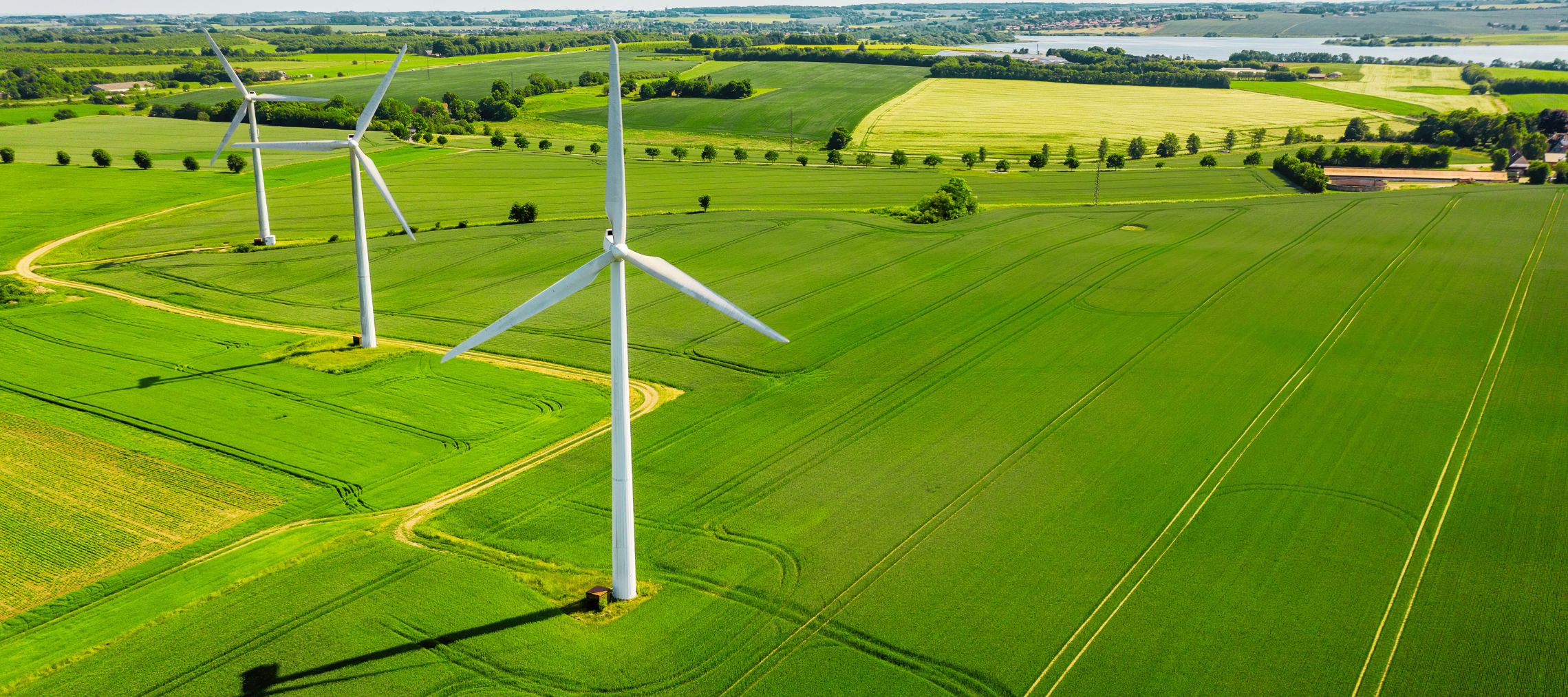
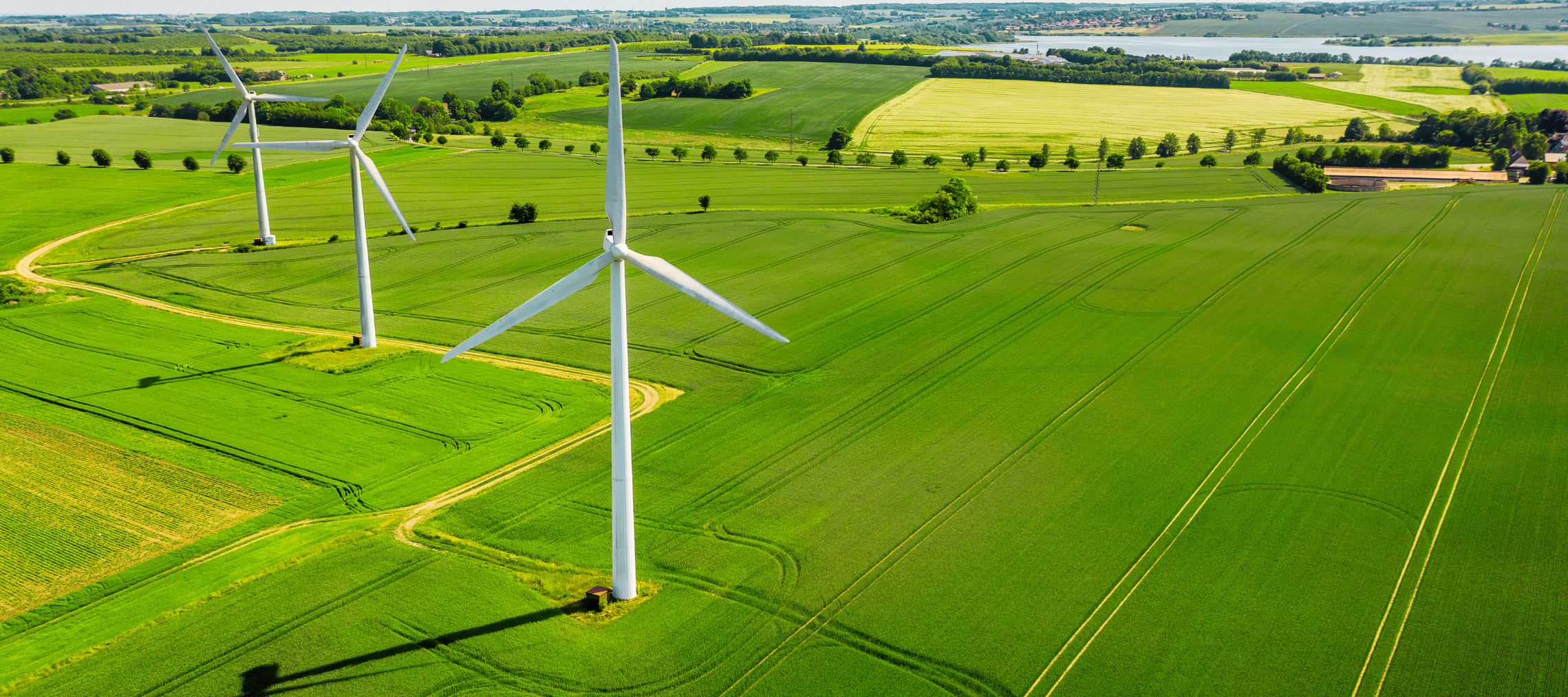
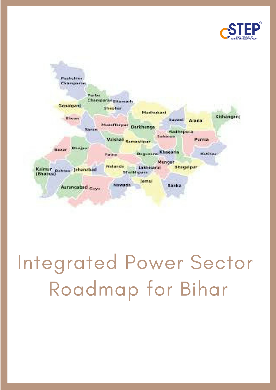
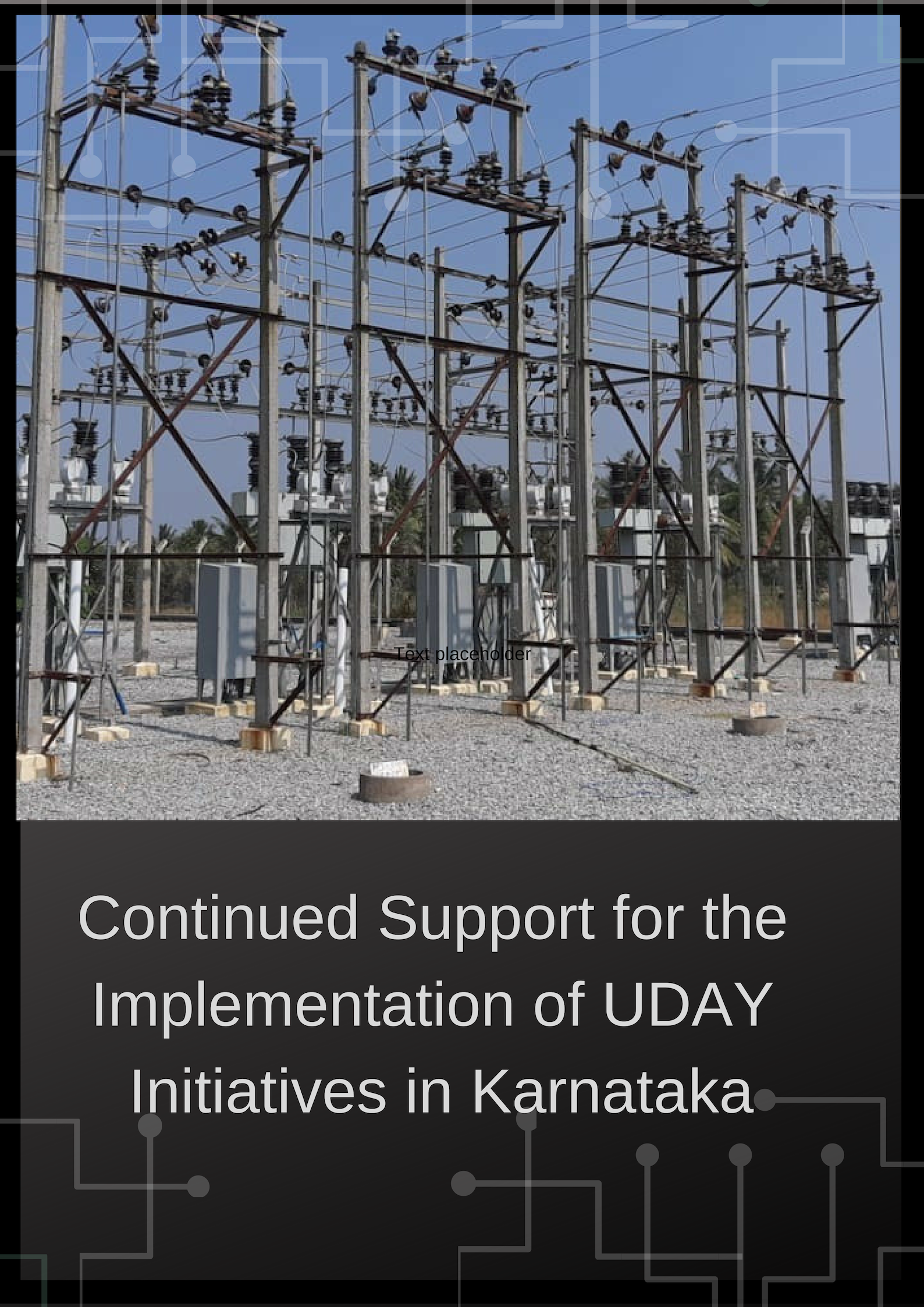
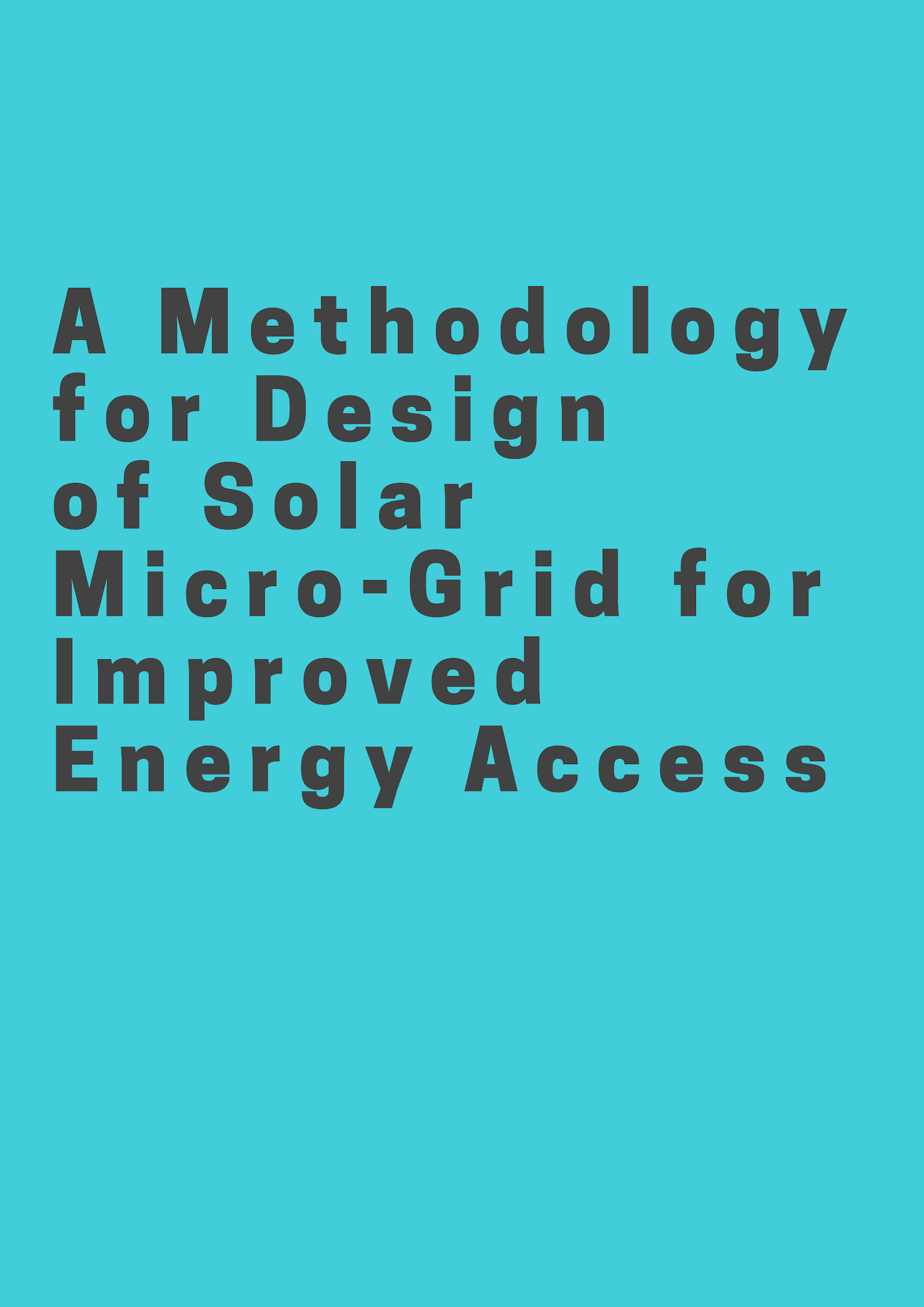
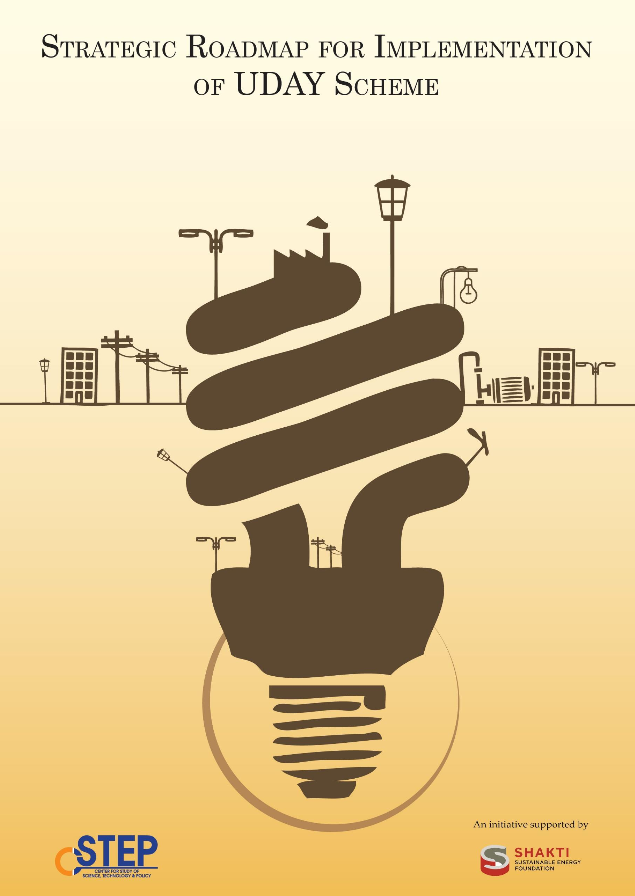
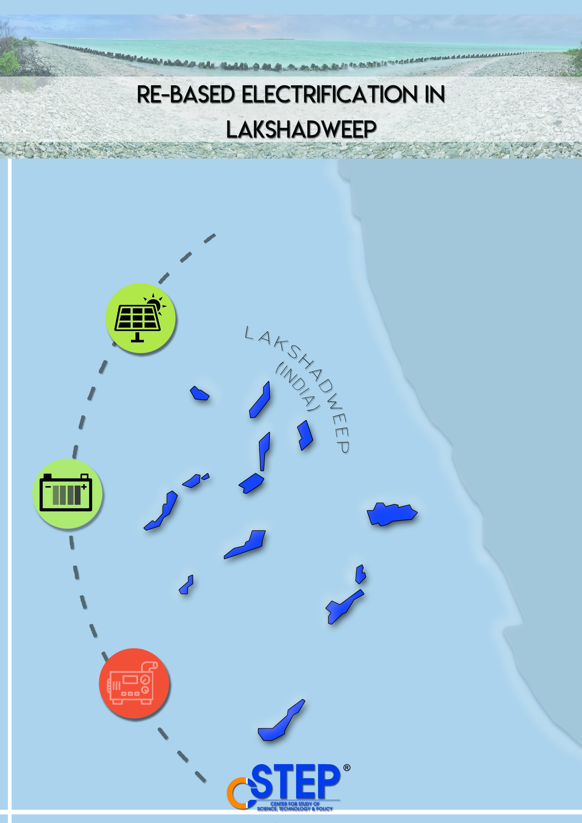
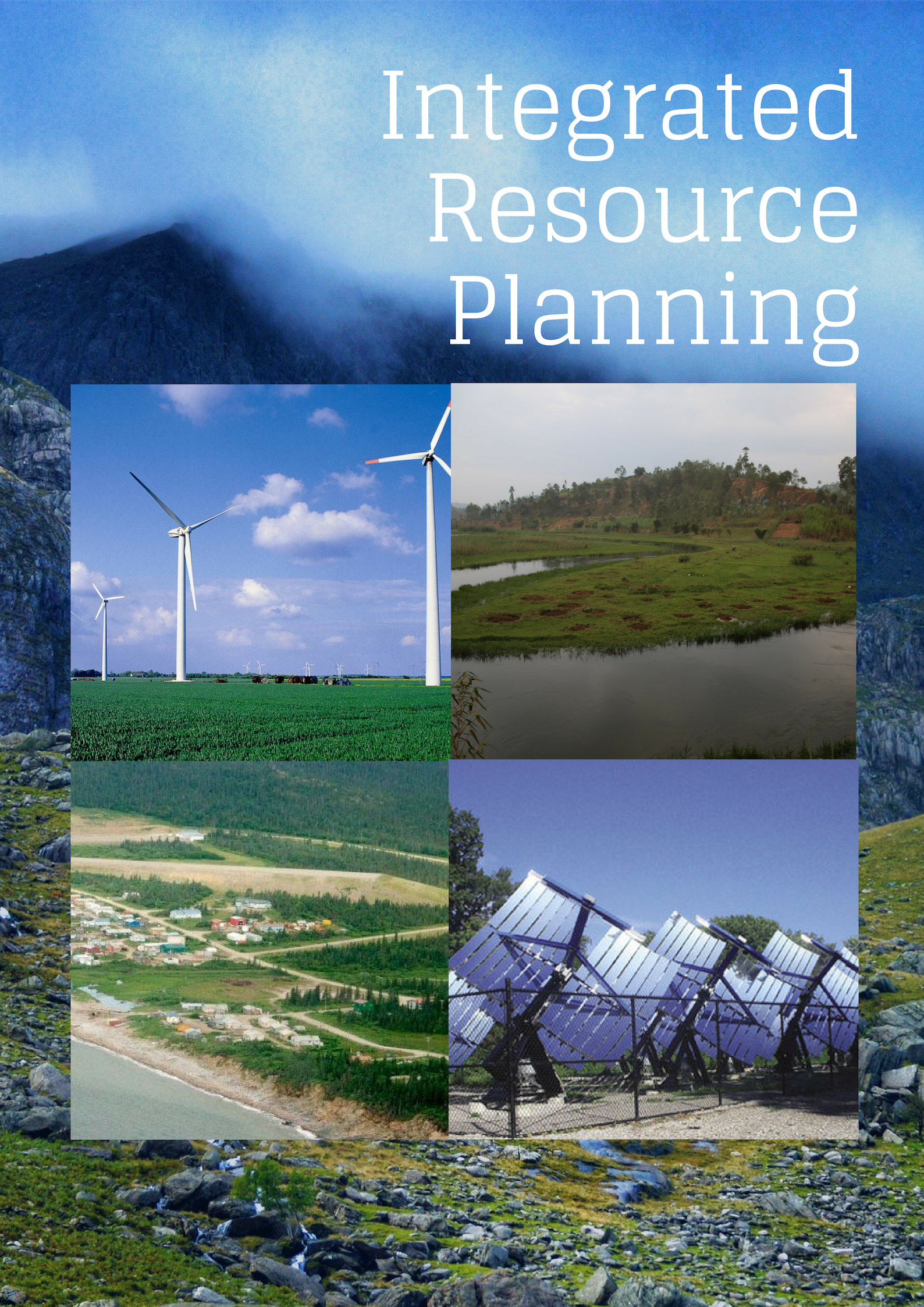
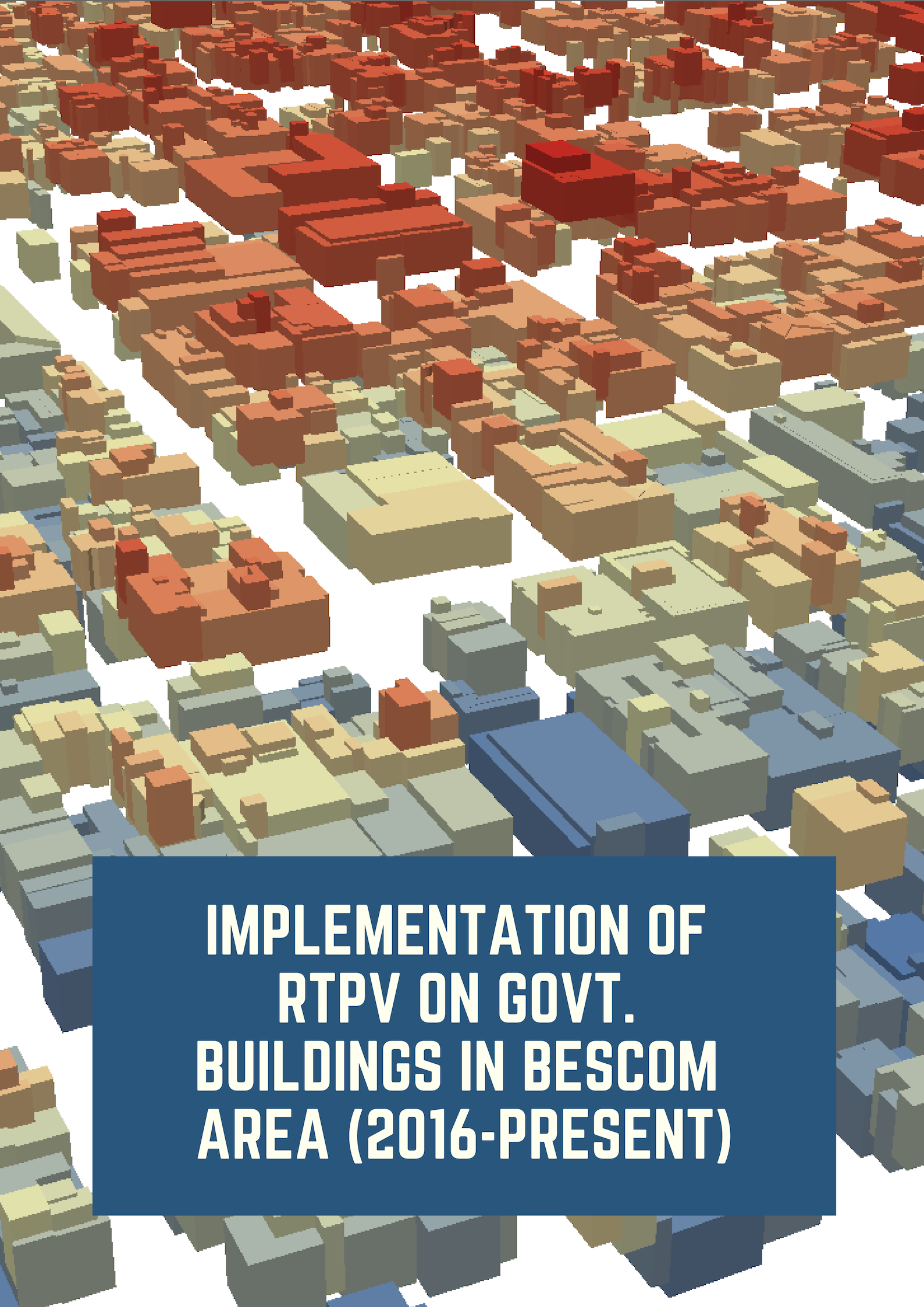

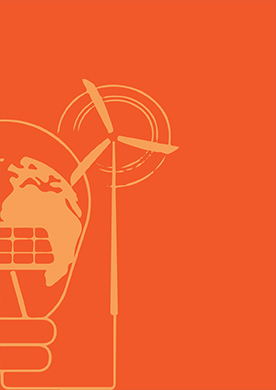
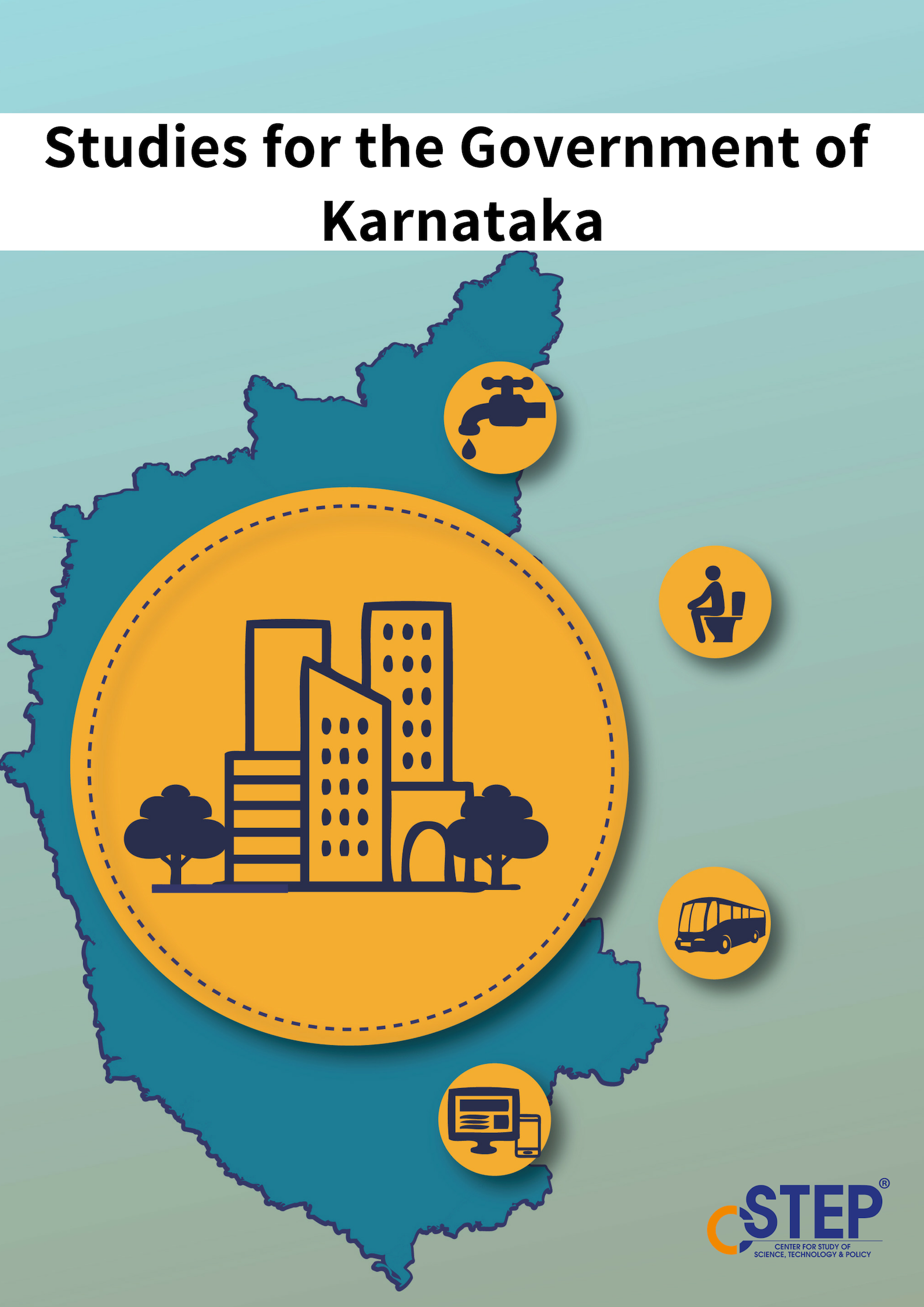

Andhra Pradesh Power Sector: A Roadmap Till 2040
Andhra Pradesh's (AP’s) gross state domestic product stood at INR 1,201,736 crore (USD 157.36 billion) in FY 22. The power sector played a crucial role in supporting the state's economic growth. The state initiated power sector reforms as early as 1998 and was also the first state to sign the ‘Power for All’ agreement—the basis for power sector planning in AP—with the Government of India in September 2014.
Breathing in Bengaluru: Need for integrated planning
Bengaluru has been ranked as the most congested city in India, as per the TomTom Traffic Index 2023. Severe congestion has led to a loss in productive hours and a frequent disruption of emergency services, in addition to economic impacts. Further, rapid urbanisation in the city leading to urban sprawl has strained the transportation infrastructure and resulted in increased accidents, traffic congestion, and air pollution.
Ahead of Time: Tracing the History of Electric Vehicles
With vehicle electrification picking up pace, the winds of change are sweeping the automotive industry. Electric vehicles (EVs) have become the buzzword in the climate space today, playing an important role in emission reduction and in achieving net-zero targets worldwide. Although EVs may seem to be a new-age technology, they indeed have a long-standing history. Here, we take a closer look at the historical twists and turns that shaped the electric mobility sector.
Kerala Energy Transition Roadmap 2040
The state of Kerala is committed to sustainability, with aims to attain net-zero emissions by 2050 and meet 100% of its energy requirements though renewable energy (RE) sources by 2040. However, currently the state’s internal power generation meets only 30-35% of its energy requirements, while the rest is supplied by imports, predominantly sourced from coal-based resources. This scenario emphasises the need for understanding the state's energy dynamics and developing an actionable plan to reduce the dependence on thermal imports and enable a smooth RE transition.
Integrated Value Chain Approach for Agrivoltaic Systems
The narrative on agrivoltaics (agriPV) primarily revolves around farmers, recognising their central role in integrating solar energy with agriculture. Increasing farmer incomes and other co-benefits is a critical component in any government plan for agriPV across the globe. However, in a country as diverse as India, it is crucial to explore innovative strategies for agriPV that go beyond the farmer-centric business model. In this context, engaging companies working in the agricultural space can be instrumental for the advancement of agriPV.
How firm and dispatchable renewable energy is transforming India’s sustainable energy landscape
By 2030, India aims to source 50% of electric power from non-fossil fuels and reduce carbon emissions by 45% from 2005 levels. To achieve this target, the 2023 National Electricity Plan by the Central Electricity Authority (CEA) has estimated the need for 486 GW of variable renewables (solar and wind).
Address the surging energy demand
On August 25, 2023, Karnataka clocked the highest-ever peak demand for energy at 16,950 MW. This unusual surge (the state normally experiences peak demand in the summer months) was driven by factors such as escalated energy consumption due to the provision of free power up to 200 units/month to domestic consumers, poor rainfall leading to increased energy consumption by farmers, and heightened commercial and industrial activities within the state.
Breathing in Bengaluru: Silent Killer on Wheels
Public health is a fundamental pillar of society, with inextricable links to a country’s economic growth. For a service-, agriculture-, and manufacturing-driven economy like India with a population of over 140 crore, citizen welfare directly influences labour force participation and productivity.
Collaborative Approach: Leveraging regional alliances for green energy growth
Click here to read the full article
Policy reforms to drive future of EVs in India
The Indian automobile industry is currently valued at USD 108 billion. The Government of India has undertaken considerable strides (through purchase subsidies and auto production-linked incentive scheme, among others) to facilitate the green transition of the well-established domestic automotive industry and promote EV uptake. As a result of such initiatives, more than 28 lakh EVs are plying on road as of July 2023.
